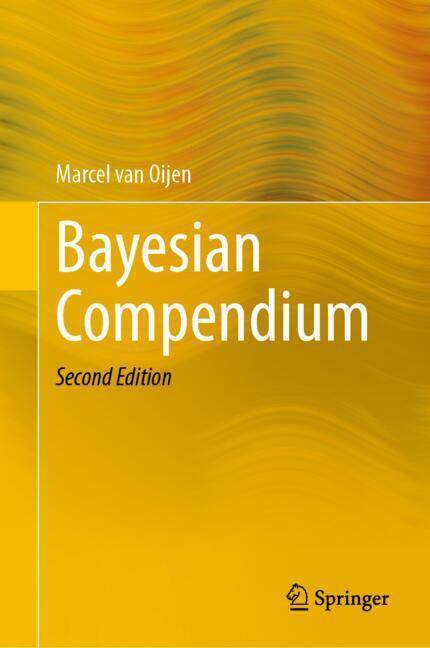
- Retrait gratuit dans votre magasin Club
- 7.000.000 titres dans notre catalogue
- Payer en toute sécurité
- Toujours un magasin près de chez vous
- Retrait gratuit dans votre magasin Club
- 7.000.0000 titres dans notre catalogue
- Payer en toute sécurité
- Toujours un magasin près de chez vous
Description
This book describes how Bayesian methods work. Aiming to demystify the approach, it explains how to parameterize and compare models while accounting for uncertainties in data, model parameters and model structures. Bayesian thinking is not difficult and can be used in virtually every kind of research. How exactly should data be used in modelling? The literature offers a bewildering variety of techniques (Bayesian calibration, data assimilation, Kalman filtering, model-data fusion, ...). This book provides a short and easy guide to all these approaches and more. Written from a unifying Bayesian perspective, it reveals how these methods are related to one another. Basic notions from probability theory are introduced and executable R codes for modelling, data analysis and visualization are included to enhance the book's practical use. The codes are also freely available online.
This thoroughly revised second edition has separate chapters on risk analysis and decision theory. It also features an expanded text on machine learning with an introduction to natural language processing and calibration of neural networks using various datasets (including the famous iris and MNIST). Literature references have been updated and exercises with solutions have doubled in number.
Spécifications
Parties prenantes
- Auteur(s) :
- Editeur:
Contenu
- Nombre de pages :
- 265
- Langue:
- Anglais
Caractéristiques
- EAN:
- 9783031660849
- Date de parution :
- 28-08-24
- Format:
- Livre relié
- Format numérique:
- Genaaid
- Dimensions :
- 156 mm x 234 mm
- Poids :
- 576 g

Les avis
Nous publions uniquement les avis qui respectent les conditions requises. Consultez nos conditions pour les avis.






